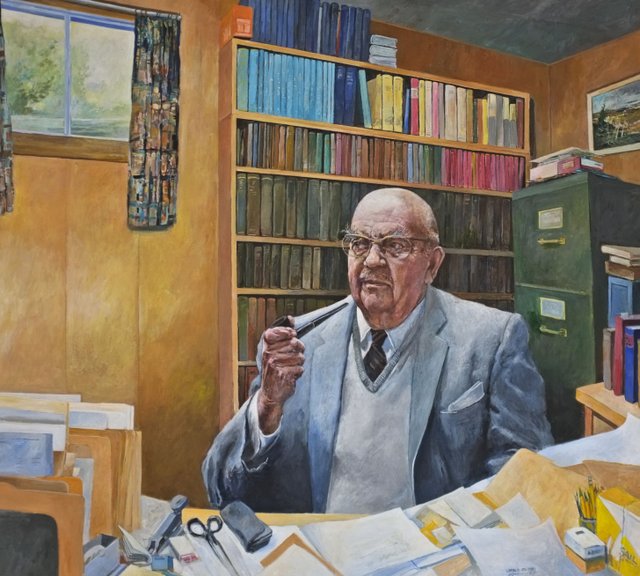Check it out! Celebrating Culture at the QEII
Sea Lion Woman: The Biography of a Song, the official launch of a new public engagement performance series called Check it Out! Celebrating Culture at the Queen Elizabeth II Library, will take place on Friday, Oct. 25, from 12-1 p.m. on the third floor of the library.
The first known recording of Sea Lion Woman is sung by two young sisters from Byhalia, Mississippi in 1939. The song was  recorded by Dr. Herbert Halpert, founder of Memorial’s Department of Folklore, who was conducting research throughout the southeastern United States for the Library of Congress.
recorded by Dr. Herbert Halpert, founder of Memorial’s Department of Folklore, who was conducting research throughout the southeastern United States for the Library of Congress.
Seventy-four years later and the folksong is still a chameleon captivating audiences and artists alike. Nina Simone does a soulful rendition called See-Line Woman and Feist tackles the song on her elegant Juno-award winning album, The Reminder, and calls it Sealion. How does a folksong become a classic? Is it the artist’s ability to render their version as something altogether different from the original? Is it a catchy melody? According to Dr. Philip Hiscock of the Department of Folklore, one particular appeal of the folksong is its ability to transform itself and its meaning.
“Folksongs and ballads have the ability to morph to fit new situations. Performers can discover ways to add meaning and also build suggestion through their own version,” he said.
Dr. Halpert spent most of his academic life fostering his healthy obsession for the folksong medium, and all things related to folklore. In an interview with The Express newspaper in the mid-1990s, he discussed hearing a folksong for the first time.
“I was fascinated by it…I mean, the drive, and the rhythm—here was a folksong. It was alive.”
Dr. Halpert was a pioneer in the field of folklore research and travelled throughout Newfoundland and Labrador to document folk traditions. In doing so, he captured the dynamic and fluid beauty of a culture at a particular time and a place as it was being expressed. Dr. Halpert honoured Memorial by leaving his extensive private folklore collection to the QEII Library at his passing. The collection is one-of-a-kind with unique annotations and notes from Dr. Halpert himself. The QEII took measures to preserve the collection’s specific filing system that symbolizes the complexity and expansiveness of Dr. Halpert’s illustrious and ground-breaking career.
Dr. Hiscock, along with librarians Patrick Warner and Dr. Dianne Keeping, will discuss the folksong and highlight some of the rarities of Halpert’s private folklore collection. There will also be a live performance of the song by Ilia Nicholl.